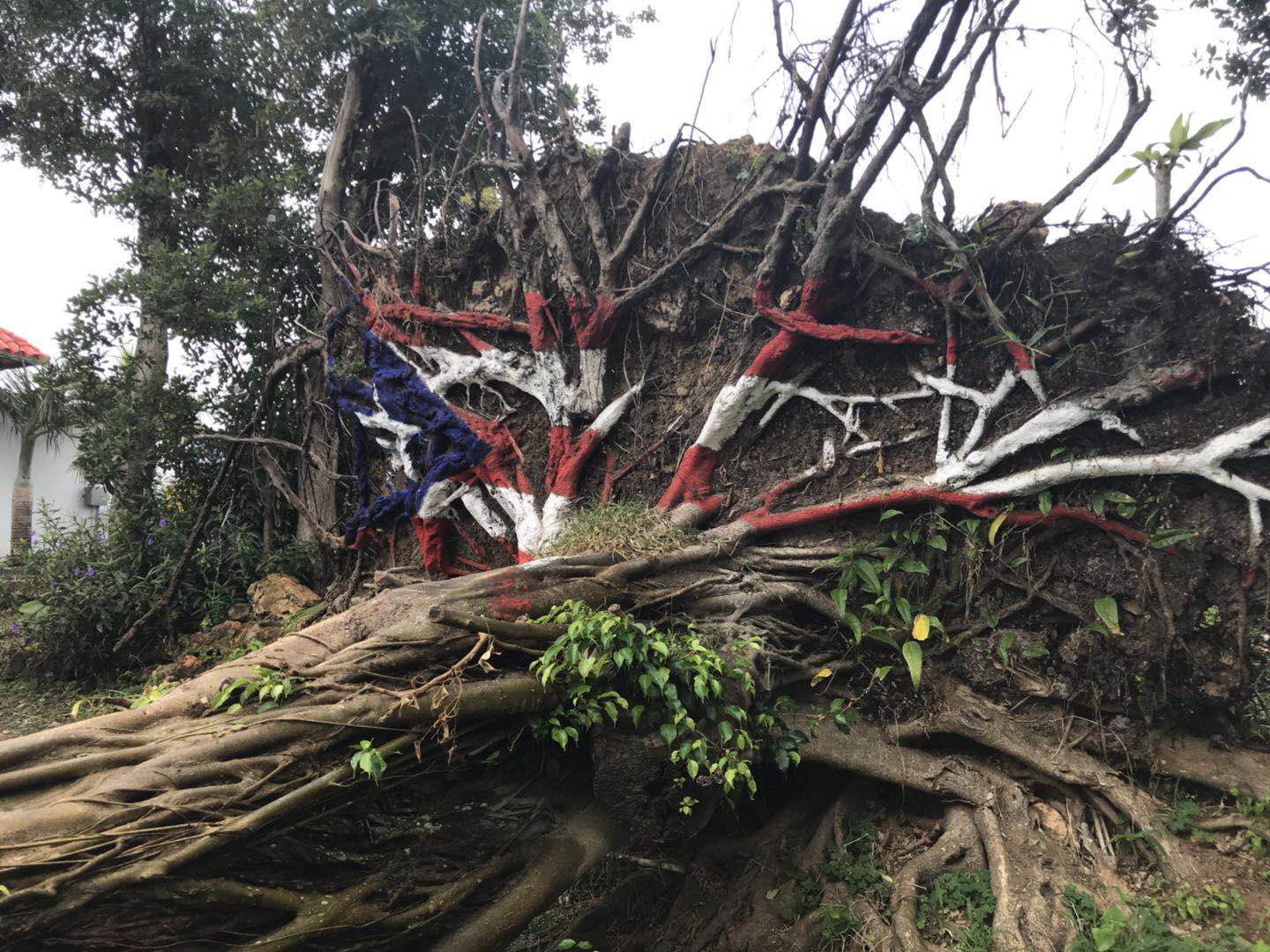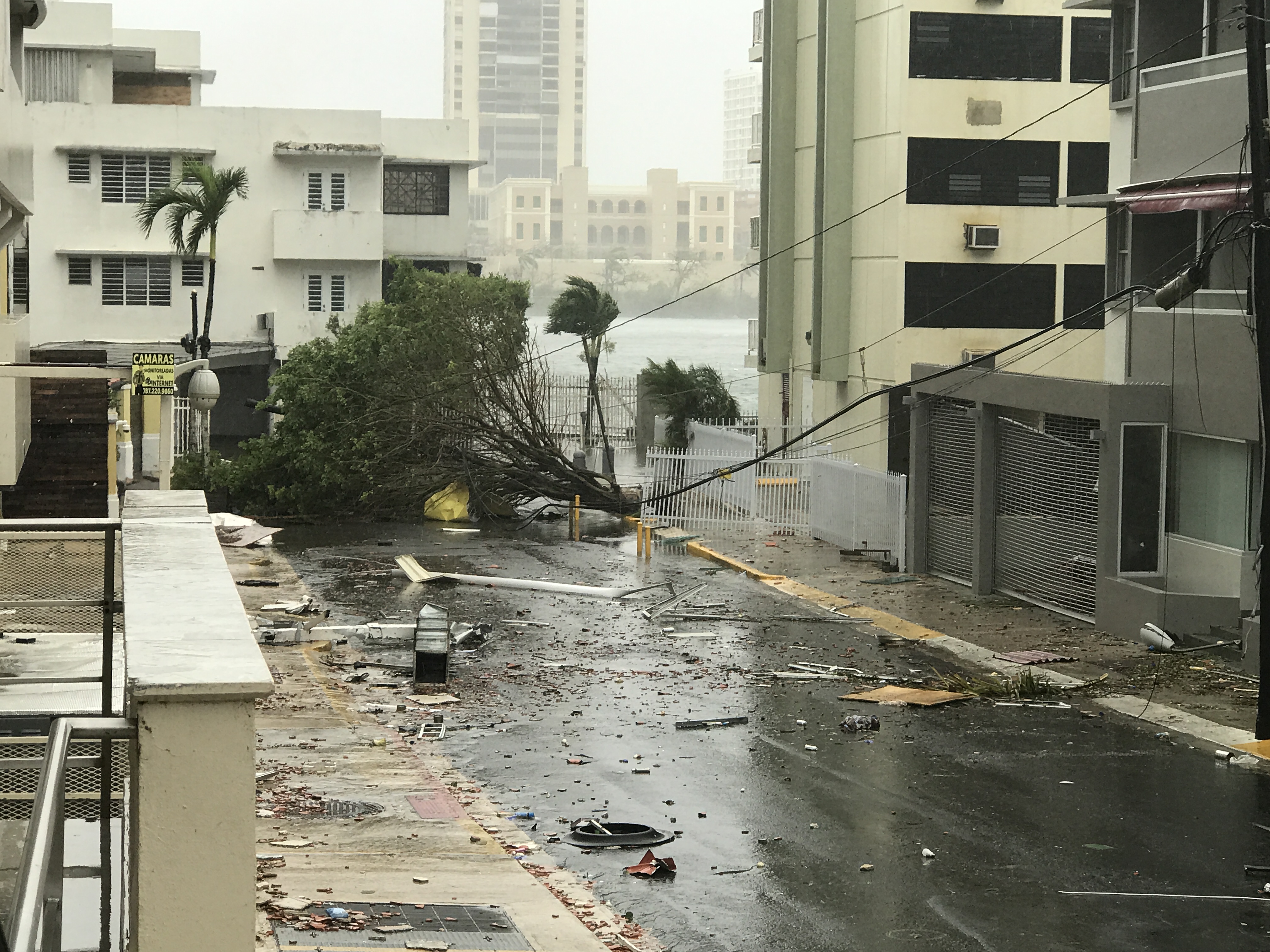
Hurricane Maria officially left Puerto Rico eight months ago, but its aftermath continues just as a new storm season gets underway.
Last week, the New England Journal of Medicine published a report partly created by a team of Harvard researchers investigating the death toll of last year’s Category 4 hurricane claiming that 4,645 people died from the disaster.
The report sparked a wave of attention that is finally giving Puerto Rico the coverage it deserves. A crumbling infrastructure and failed rescue relief efforts are partly to blame among a list of neglected concerns that hopefully will addressed.
The report’s accuracy in terms of the fatalities connected to the hurricane have fallen under scrutiny and some have urged that a second reading might be necessary.
A headline from the Washington Post on Monday read, “Did 4,465 people die in Hurricane Maria? Nope.” But two things that most can agree on is that more than 64 people died from Hurricane Maria, and US relief efforts need to be reexamined, immediately.

An image of the Puerto Rican flag painted into a fallen tree in San Juan, November 15, 2017. (Photo: Michael Biggam)
Roughly 1,000 miles off the coast of Southern Florida, the US territory sits on the Northeastern edge of the Caribbean between the Dominican Republic the US and British Virgin Islands. As a US territory, Puerto Ricans can travel to America without visa worries and vote in the primaries, but they can’t vote in national elections.
When the Category 4 hurricane touched land on September 20 with winds between 130 to 155 mph., it marked the beginning of a 12-day natural disaster that would flood the island, leave 3 million without power, and cause thousands to flee, never to return again.
Screenwriter and producer Michael Biggam lives in San Juan, the capital city, and was there with his wife and one-year old daughter when Maria struck.
“I would go on record as saying that it was the single most terrifying event I have ever been so fortunate to survive. Beyond the events of that night, the following weeks and months were a constant battle for survival,” Biggam told People’s Daily.
As Biggam explained, other than not having any power, utilities were shut down, refuse collection efforts were nil, highways were flooded, communities left stranded, and there was very little police presence.
Luckily, he was able to put his wife and daughter on a flight out of San Juan and send them to the US where they lived with relatives while Biggam remained on the island.
“Because of the flooding, mosquitoes were out in full force feeding on those who were standing in line for gasoline and water, on in their homes and places of shelter,” he said.
Residents living in the cities had it easy compared to those in the countryside who had been completely shut off from communication and potable drinking water.
One night, while utility crews tried to install a large generator for a hospital, the one in place shut down, “resulting in the almost instant death of some 35 people on life support equipment,” Biggam recalled.
The Atlantic featured a report on the immediate aftermath and quoted a US sociology professor who said that Maria had elements of a “catastrophic event,” rather than a disaster, and explained that they are rare and characterized by the amount of damage infrastructure receives.
The United States Navy has two active hospital ships, the USNS Comfort, which is docked on the East Coast, and the USNS Mercy, whose homeport is San Diego, California.
On day four of Maria’s island wrath, Hilary Clinton tweeted, “President Trump, Sec. Mattis, and DOD should send the Navy, including the USNS Comfort, to Puerto Rico now. These are American citizens.” The hashtag #SendtheComfort emerged. Navy and Pentagon officials confirmed the Comfort would be deployed to Puerto Rico. The announcement soothed Trump critics who were upset it took him six days after the hurricane hit to call a Situation Room meeting. But the excitement ended quickly after Pentagon officials said the ship was too big for Puerto Rico’s small ports. That nobody knew of this very important logistical detail beforehand is more of an embarrassment than a mystery. Had the Comfort been able to dock on the island, many lives could have been saved.
The Atlantic reported that Puerto Rican officials weren’t in need of US ships as they had “specifically asked for logistical assistance to get roughly 60 hospitals up and running.”
Trump remained optimistic and tweeted his assessment of the disaster by saying, “It’s very tough because it’s an island. In Texas, we can ship the trucks right out there. And you know, we’ve gotten A-pluses on Texas and on Florida, and we will also on Puerto Rico. But the difference is, this is an island sitting in the middle of an ocean. And it’s a big ocean; it’s a very big ocean.”
A few days later, while the hurricane was still hitting the island that had been rendered almost powerless, Trump tweeted, “people are now starting to recognize the amazing work that has been done by FEMA and our great Military. All buildings now inspected.”

Day 2 of Hurricane Maria saw power lines down and streets flooded on September 21, 2017. (Photo: Michael Biggam)
When the hurricane ended, the real nightmare began. The collateral damage trapped in Maria’s wake includes a rising crime rate, public unrest, and widespread dissatisfaction among police force personnel.
Since November, suicide hotlines have exploded, jumping to an almost 250 percent increase in phone calls from this time last year. Meanwhile, crime has surged.
The number of homicides for January hit 78, one of the highest monthly figures the territory has experienced in years. During an interview on National Public Radio, US journalist Danica Coto explained that Puerto Rico has one of the “largest police departments under any US jurisdiction.” By the end of December, she said that police officers began staging “sickouts,” and started calling in sick. There were days that saw as many as 2,700 police officers calling absent on a single day demanding back pay for the overtime hours they worked during Hurricanes Irma and Maria.
The Washington Post reported that on October 3, President Trump flew to Puerto Rico and told a group of government officials that they should be “very proud” that hundreds didn’t die as in a “real catastrophe like Katrina.”
By November, hospitals were running out of medicine and medical supplies. Today, a shortage of mini-IV bags in Puerto Rico has forced hospitals in the US to use large IV bags.
The 2018 Atlantic Hurricane season is underway. Most seasons average 12 storms and six hurricanes. Forecasters with the National Hurricane Center said they expect a tropical cyclone to hit the island by Friday.
A giant pile of worn out shoes sits in front of the capitol building in San Juan, a makeshift memorial for the victims of Hurricane Maria. The healing and repair as hardly begun. It’s clear that Puerto Rico isn't ready for another Category 4 hurricane, but that doesn’t mean the US shouldn't be.


